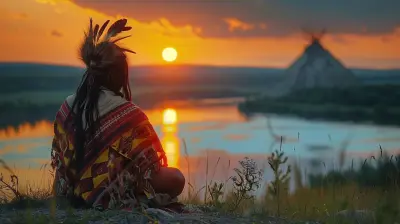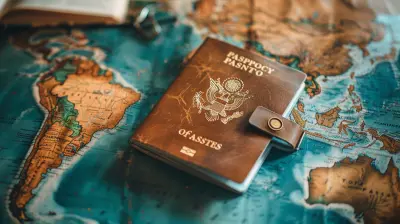Slow Travel: Why Taking Your Time is Better for the Planet
25 July 2025
Let’s face it — most of us are used to rushing through life. We eat fast, work fast, scroll fast, and yep, travel fast. But there’s a quiet revolution brewing among travelers. It’s called “slow travel,” and it’s changing the way we explore the planet — one leisurely step at a time.
Sound intriguing? If you’ve ever returned home from a vacation feeling like you need another vacation to recover, slow travel might just be your dream come true. Not only does it help you chill out and soak in the “real” experience, but it’s also a big win for Mother Earth.
So grab your comfy shoes, open mind, and let’s dive into why slow travel is better for the planet — and for you too. 🚶♀️🌍✨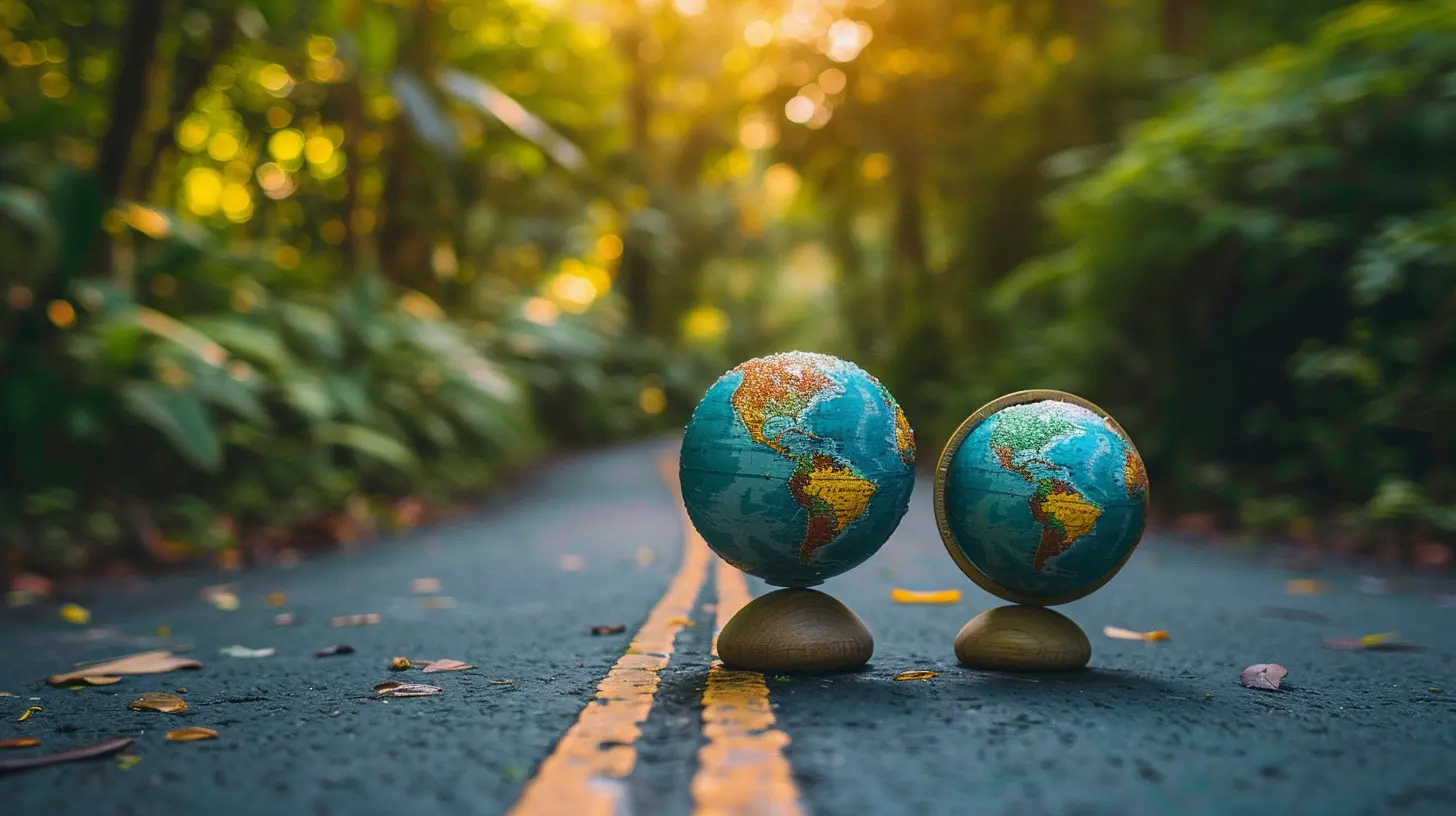
What Exactly Is Slow Travel?
Before we get into the good stuff, let’s clear up what slow travel actually is. No, it doesn’t mean you need to walk everywhere or avoid planes forever. Slow travel is more of a mindset.It’s about:
- Spending more time in fewer places
- Choosing quality over quantity
- Engaging with local communities
- Traveling in environmentally friendly ways
- Being intentional and present
Think of it like the slow food movement — savoring each bite rather than wolfing down your meal. Except here, your “meal” is the world.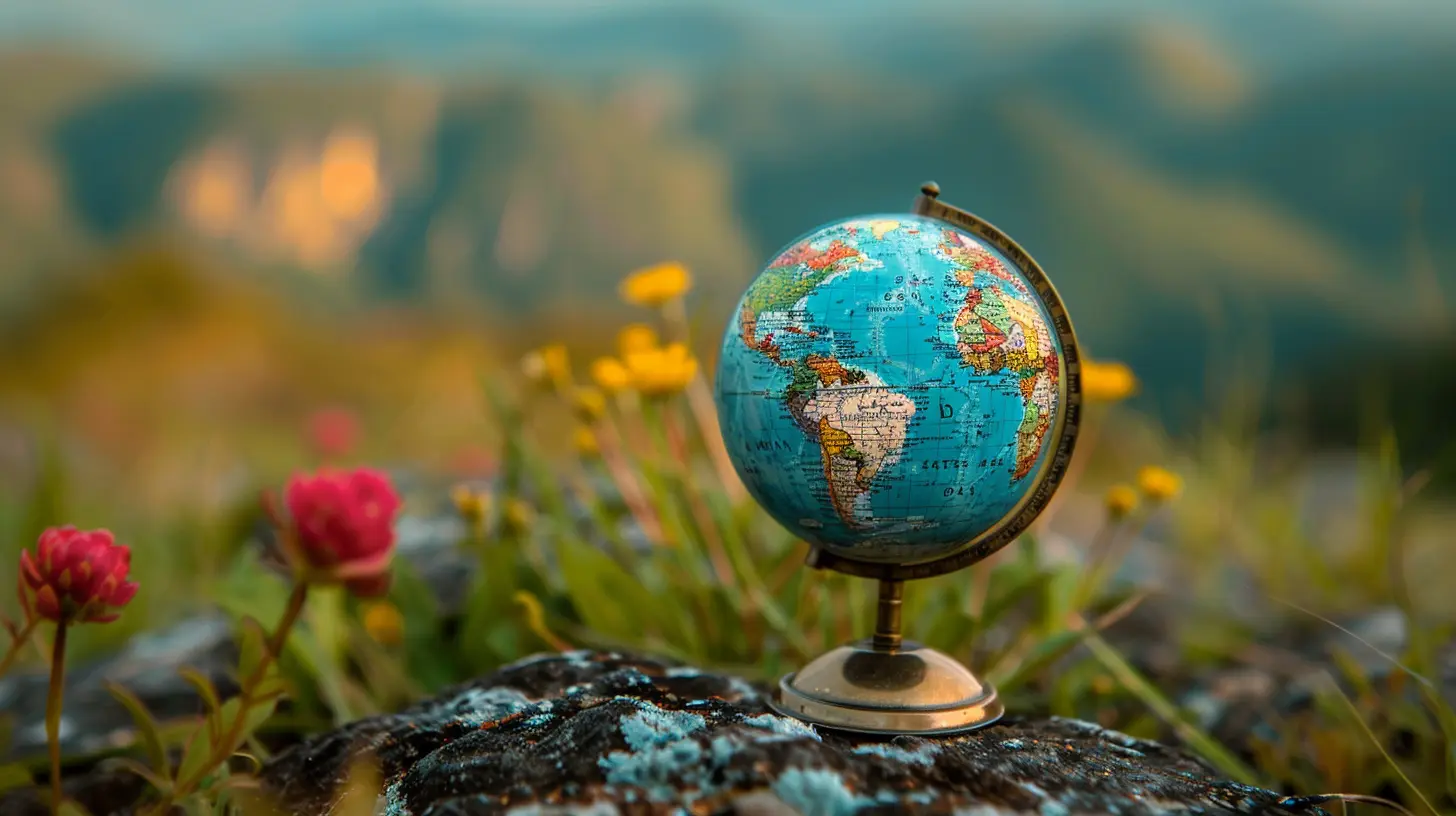
The Problem with Fast Travel (AKA Sprint Sightseeing)
Raise your hand if this sounds familiar: You book a whirlwind trip across three countries in ten days, tick off every landmark from a bucket list, snap a bunch of photos for the 'Gram, and call it a “vacation.”But guess what? That kind of travel isn’t sustainable — for you or the environment.
Here’s Why:
- Carbon Emissions Galore: Flying frequently, especially short-haul or multi-leg flights, is one of the biggest contributors to your carbon footprint.- Over-Tourism Chaos: Rushing from one hotspot to another adds to the burden on already overwhelmed cities.
- Waste & Pollution: Disposable plastic bottles, fast fashion purchases, and food waste pile up when we’re not paying attention.
- Cultural Disconnect: When you’re moving fast, you miss the subtle, magical moments — those human connections and quieter experiences that make travel so enriching.
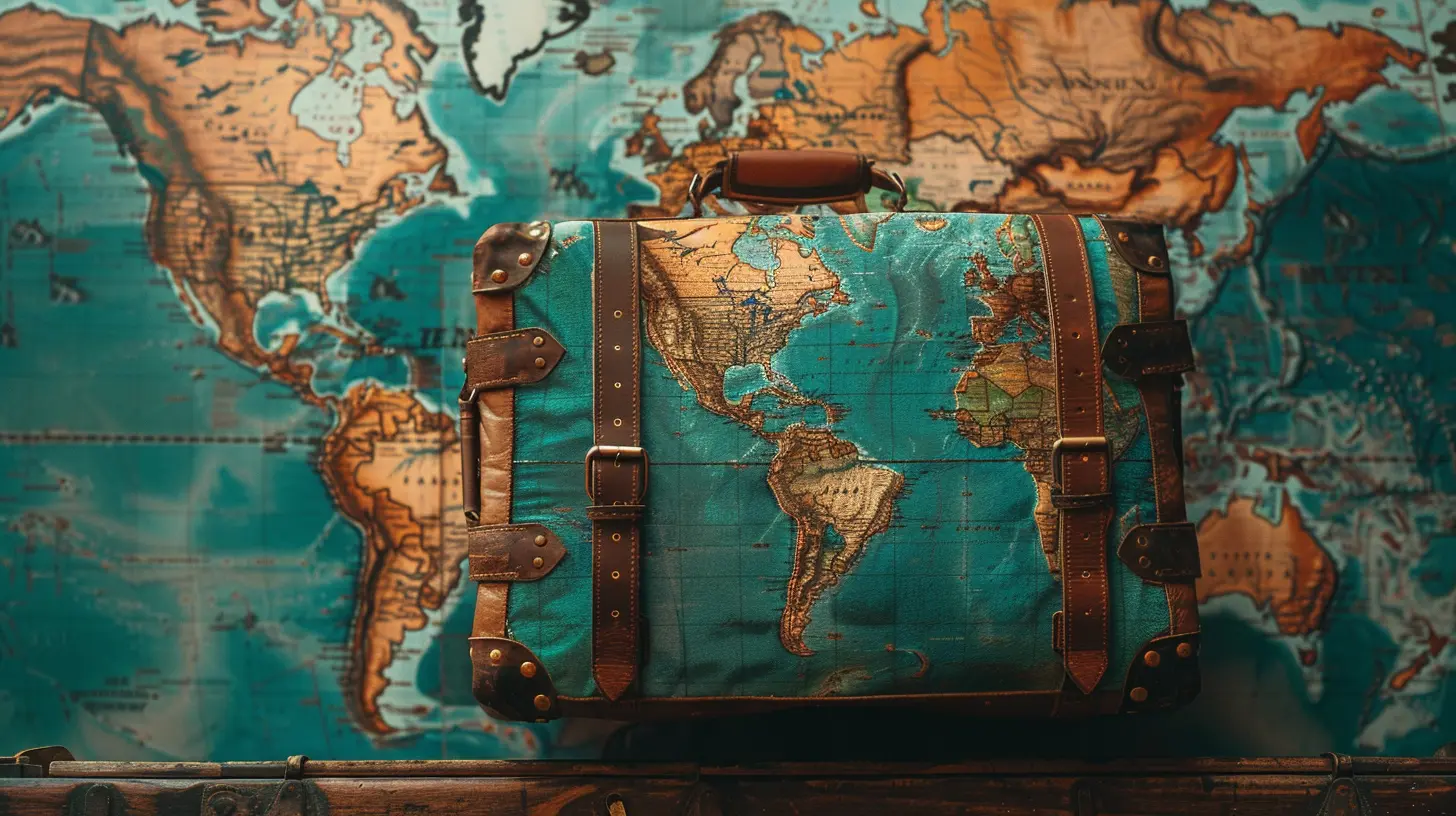
How Slow Travel Helps the Planet (And Kind of Saves It, Too)
Alright, now let’s flip the script. Slow travel isn’t just better for your soul — it’s a love letter to the Earth. Here's how:1. 🚆 Reducing Your Carbon Footprint
The slower you go, the greener you get. Trains, buses, biking, and even walking are significantly more eco-friendly than flying everywhere. Staying longer in one location also means fewer transfers and less fuel burned.Bonus? Train rides come with epic window views and zero turbulence.
2. 🏡 Supporting Local Economies
When you stay in a family-run guesthouse, eat at a roadside taco cart, or buy crafts directly from local artisans, your money stays in the community. That’s a great way to travel more ethically and sustainably.You're not just passing through — you're part of the neighborhood, even if only for a little while.
3. 🥗 Cutting Down on Waste
Slow travel encourages mindful consumption. Cooking your own meals, using reusable bottles and bags, and shopping locally can all reduce your environmental impact.Suddenly, you’re not just a tourist — you’re a temporary local.
4. 🧘♀️ Promoting Preservation Over Popularity
Instead of squeezing yourself into overcrowded destinations, slow travel nudges you towards the road less traveled — the charming little villages, hidden nature reserves, and underrated towns that benefit from gentle, thoughtful tourism.Less strain on the Instagram-famous spots = more balance for the planet.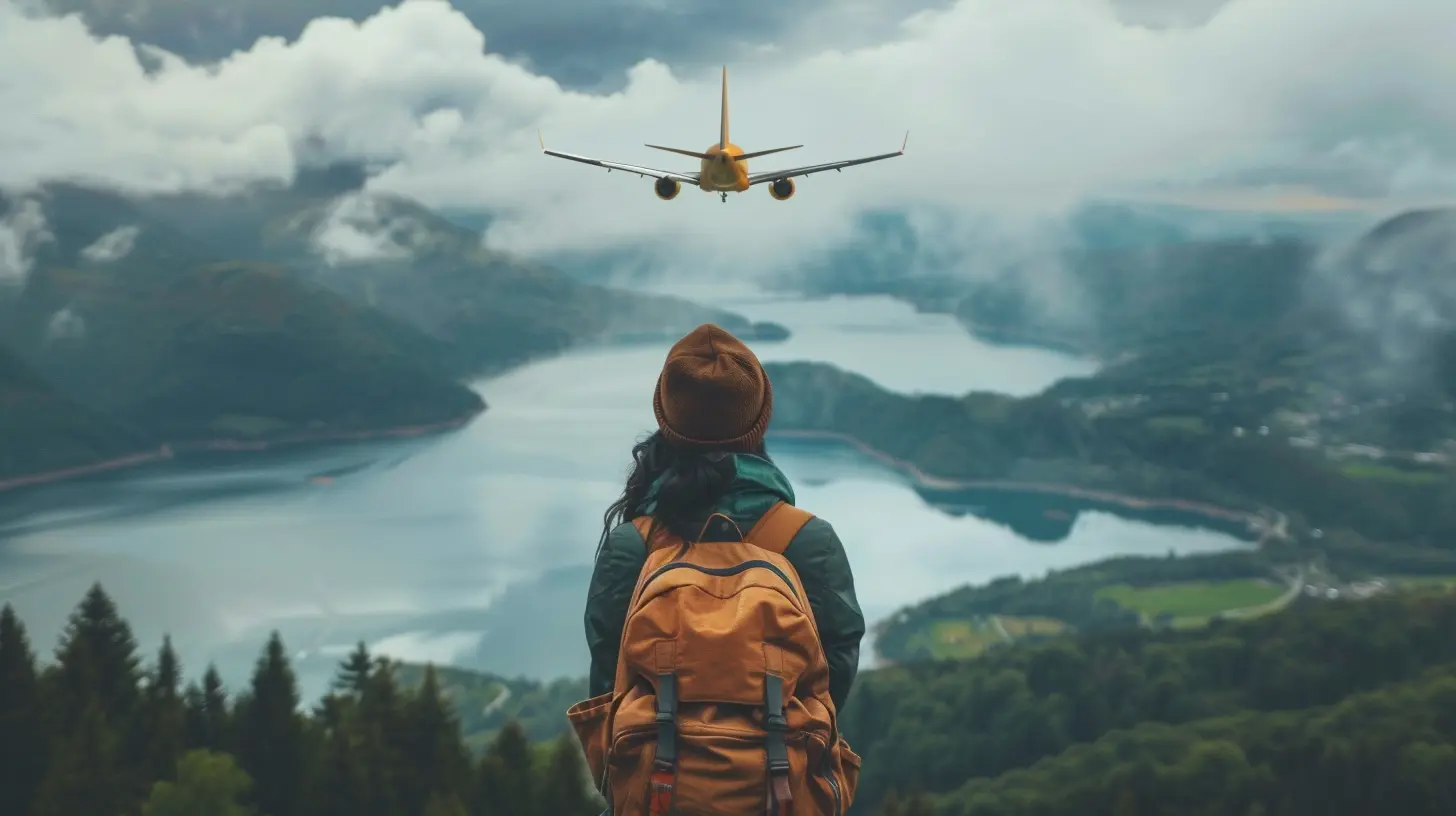
Real Talk: What Slow Travel Looks Like in Real Life
Okay, so how do you actually slow travel? It’s not about ditching your luggage and becoming a full-time nomad (unless that’s your jam). Here are simple, practical ways to embrace the slow lane.✈️ Fly Less, Stay Longer
If you fly, make it count. Instead of hopping between cities every few days, plant yourself in one region and explore deeply. A month in Tuscany? Yes, please. Two weeks discovering the corners of Kyoto? Even better.🚲 Embrace Local Transportation
Hop on a bike, local bus, or even a tuktuk. These slower modes of travel connect you more closely with the day-to-day life of a place. Plus — zero airport security lines!🧳 Pack Light, Pack Right
Traveling light not only saves your back, but it also reduces fuel emissions on transport and encourages minimalism. Reusables like a water bottle, utensils, and a cloth tote bag go a long way.🍞 Eat Like a Local
Skip the overpriced tourist traps. Instead, hit up local markets, street food stalls, and small eateries. Try your hand at cooking regional dishes. It’s tastier, cheaper, and better for the environment.🏡 Choose Eco-Friendly Accommodations
Look for places that use renewable energy, compost waste, or practice water conservation. Many eco-lodges and hostels are even built from sustainable materials.📚 Learn Before You Go
Take a little time to learn about the local customs, history, and even a few words of the language. Being an informed, respectful traveler helps preserve cultures and traditions — and deepens your experience like you wouldn’t believe.The Sweet Perks of Slowing Down
Sure, slow travel is good for the Earth...but what’s in it for you?😌 Less Stress, More Zen
When you’re not running around to catch the next flight or bus, guess what? You get to actually relax. Imagine napping under a lemon tree in Sorrento or sipping tea with locals in a quiet Turkish village.🧠 Deeper Cultural Connections
Staying longer means you get to see beyond the surface – you might get invited to a local festival, learn to cook a traditional meal, or even make lifelong friends.📸 Better Stories, Not Just Better Photos
Fast travelers collect photos; slow travelers collect stories. Instead of a postcard snap of the Eiffel Tower, you’ll have a story about the time you shared wine with a Parisian artist in a Montmartre café.💸 Save Money
Believe it or not, slow travel can be cheaper. Lower transport costs, local eats, and long-term accommodation discounts add up. You also stop impulsive spending that often happens when you're in a rush.But Wait...Isn’t Slow Travel a Privilege?
Good question — and yes, to a certain extent. Not everyone has the luxury of taking extended time off or working remotely. That said, slow travel doesn’t have to be long or expensive.Even a weekend getaway can be “slow” if you stay close to home, avoid rushing through activities, and engage with the place mindfully. It’s about how you travel, not how far or how long.
Tips to Start Slow Traveling Today
Ready to dip your toes into the slow travel lifestyle? Here’s a quick-start guide:- Pick One Place: Choose one destination and stay awhile.
- Plan Fewer Activities: Give yourself the time to get bored — sometimes that’s when the magic happens.
- Skip the Must-Do List: Instead of racing to see everything, ask locals what they love, and follow their lead.
- Be Present: Journal, sketch, take walks, chat with strangers — be in the moment.
- Say Yes to Spontaneity: Go where the wind takes you. Slowing down means you’ve got the wiggle room to follow surprise adventures.
Final Thoughts: Let’s Rethink Travel
Here’s the deal — slow travel isn’t about being perfect. It’s about being better. For the planet. For local communities. For yourself.You’re not just ticking landmarks off a list. You’re gently weaving yourself into the fabric of a place, leaving soft footprints behind instead of carbon-heavy ones.
In a world that constantly tells us to hurry, slow travel whispers, “Hey, there’s no rush.”
So the next time you plan a trip? Maybe skip the frantic itinerary. Instead, take your time. Watch the sunrise. Talk to a stranger. Linger in that cozy café. Let the world unwrap itself slowly around you.
Because sometimes, the slow road is the most beautiful path of all.
all images in this post were generated using AI tools
Category:
Sustainable TourismAuthor:

Reed McFadden
Discussion
rate this article
2 comments
Henry Hill
Great article! Embracing slow travel not only enriches our experiences but also fosters sustainability. By prioritizing meaningful interactions and mindful exploration, we can significantly reduce our ecological footprint while connecting deeply with local cultures. It's a win-win for travelers and the planet alike!
November 29, 2025 at 5:15 PM

Reed McFadden
Thank you! I couldn't agree more—slow travel truly enhances our experiences and benefits the planet. Your insights beautifully capture its essence!
Shannon Cook
Great insights on slow travel! It truly enhances our connection to nature and culture while minimizing our environmental impact. Thank you for sharing!
August 2, 2025 at 2:28 PM

Reed McFadden
Thank you for your kind words! I'm glad you found the insights valuable. Slow travel truly makes a difference.

